
Student of Saigontourist College of Tourism and Hospitality.
To date, the country has about 195 tourism training establishments, including: 65 universities with tourism faculties; 55 colleges; 71 secondary schools; 4 vocational training centers. In addition, there are 2 training establishments affiliated with enterprises. However, these training establishments still do not provide enough labor to meet the needs of the tourism market.
According to statistics from the Vietnam National Tourism Administration, the tourism industry needs 40,000 workers each year, but in reality, the supply can only guarantee about 20,000 workers.
Of these, workers with university and postgraduate degrees account for only 9.7%; primary, secondary and college degrees account for more than 50%; below primary degrees account for 39.3%, and only 43% of the total number of workers are professionally trained in tourism.
This shows that Vietnam's tourism human resources are not only lacking in quantity but also weak in quality.
Recently, “retraining” is a phrase that many tourism businesses have mentioned when discussing the issue of recruiting human resources, because the human resources that training facilities provide to the market have not met the requirements of businesses, leading to the units using human resources having to spend time “holding hands and showing them how to do things” to help workers adapt to professional requirements.
A report by the Institute for Tourism Development Research shows that the quality and productivity of labor in Vietnam’s tourism industry is still low. For example, labor productivity in hotels in Vietnam is only 1/15 compared to Singapore, 1/10 compared to Japan and 1/5 compared to Malaysia…
According to experts, this situation can easily lead to the consequence that Vietnamese tourism workers will have to compete right at home.
Sharing at the scientific workshop "Training and using international standard tourism human resources in the current period" recently held in Hanoi, Professor, Dr. Dao Manh Hung - Chairman of the Vietnam Tourism Training Association commented: In the context of the Mutual Recognition Agreement on Tourism Profession (MRA-TP) allowing the movement of skilled tourism workers from ASEAN, foreign tourism workers can flood into Vietnam, putting Vietnamese tourism workers at risk of losing their jobs right at home if they do not improve their professional capacity and work attitude.
In fact, currently, tourism workers from some countries such as the Philippines, Thailand, Indonesia, Singapore... have come to Vietnam to work relatively a lot. Almost all 4-5 star hotels have foreign workers.
The strong recovery of tourism after the pandemic with the active "re-entry" of travel businesses, and the increasing appearance of high-end tourist accommodation establishments, further shows that the Vietnamese tourism market is "thirsty" for human resources (by the end of 2023, the whole country has 3,921 international travel businesses, an increase of 1,027 businesses compared to 2022; there are 38,000 tourist accommodation establishments with 780,000 rooms, including 247 5-star accommodation establishments, 368 4-star accommodation establishments).
To ensure rapid and sustainable development of tourism, it is necessary to have solutions to train sufficient tourism human resources, especially high-quality human resources according to the needs of businesses and the market.
In tourism human resource recruitment, the "input" of enterprises depends largely on the "output" of training institutions, meaning that to have human resources that meet international standards, the prerequisite is to have a team of workers who are well-trained to meet international standards and are capable of working in both domestic and foreign business environments.
However, up to now, tourism training institutions in Vietnam are still teaching in a way that everyone does their own thing. Associate Professor, Dr. Pham Trung Luong, former Deputy Director of the Institute for Tourism Development Research, said that the management system of tourism training institutions in our country is fragmented, overlapping, and has differences in regulations on framework programs and output standards.
The training facilities are directly managed by the Ministry of Education and Training in terms of expertise, while the vocational training facilities are managed by the Ministry of Labor, War Invalids and Social Affairs. Regulations on enrollment, training, accreditation, teacher standards, student management, etc. are made separately in the two ministries.
There are differences in training methods between the two blocks (one side trains by credits, the other side trains by subjects or modules), leading to inconsistencies in the graduation capacity of learners from the two systems.
In addition, the limitation in training capacity due to the lack of both quantity and quality of lecturers (professional qualifications meeting regional and international standards, scientific research ability, foreign language ability, pedagogical skills, etc.) also makes training results unable to meet the development requirements of the industry at both university and vocational levels.
Recruited human resources mostly lack knowledge, skills (including hard skills in professional work, information technology, foreign languages, etc., soft skills in communication and behavior, etc.) and professional working attitude.
To change this situation, Associate Professor, Dr. Pham Trung Luong believes that it is necessary to innovate thinking in training. Human resource training activities must be operated based on social needs according to the supply-demand principle, effectively combining state and social resources, and managing and using resources according to business management thinking.
Many experts also mentioned the need to immediately standardize the training program. According to Professor, Dr. Dao Manh Hung, state management agencies need to quickly unify and issue a common program for training institutions with criteria that closely follow vocational skills standards, increase the rate of practice, foreign languages and information technology, and pilot training in some occupations in English.
Training programs must be designed in accordance with regional and international standards, with connectivity between training levels as well as connectivity between domestic, regional and international training institutions.
Dr. Doan Manh Cuong (Office of the National Assembly) said that the European Union (EU)-funded Environmentally and Socially Responsible Tourism Capacity Development Program (EU Project) has revised the Vietnam Tourism Occupational Skills Standards (VTOS) in a way that is consistent with Vietnam's regulations, while being standardized and compatible with international occupational standards and ASEAN standards.
Therefore, tourism training institutions need to apply the VTOS Standards in teaching to improve the effectiveness of tourism vocational training in Vietnam in a unified manner. Dr. Doan Manh Cuong emphasized that it is necessary to reach an agreement so that the training time at enterprises is not less than 50% of the total time of implementing the training program.
Source


![[Photo] General Secretary To Lam receives French Ambassador to Vietnam Olivier Brochet](https://vstatic.vietnam.vn/vietnam/resource/IMAGE/2025/4/17/49224f0f12e84b66a73b17eb251f7278)
![[Photo] President Luong Cuong receives Kenyan Defense Minister Soipan Tuya](https://vstatic.vietnam.vn/vietnam/resource/IMAGE/2025/4/17/0e7a5185e8144d73af91e67e03567f41)
![[Photo] Warm meeting between the two First Ladies of the Prime Ministers of Vietnam and Ethiopia with visually impaired students of Nguyen Dinh Chieu School](https://vstatic.vietnam.vn/vietnam/resource/IMAGE/2025/4/17/b1a43ba73eb94fea89034e458154f7ae)
![[Photo] Prime Minister Pham Minh Chinh and Ethiopian Prime Minister visit Tran Quoc Pagoda](https://vstatic.vietnam.vn/vietnam/resource/IMAGE/2025/4/17/18ba6e1e73f94a618f5b5e9c1bd364a8)
![[Photo] Welcoming ceremony for Chinese Defense Minister and delegation for friendship exchange](https://vstatic.vietnam.vn/vietnam/resource/IMAGE/2025/4/17/fadd533046594e5cacbb28de4c4d5655)
![[Photo] Promoting friendship, solidarity and cooperation between the armies and people of the two countries](https://vstatic.vietnam.vn/vietnam/resource/IMAGE/2025/4/17/0c4d087864f14092aed77252590b6bae)
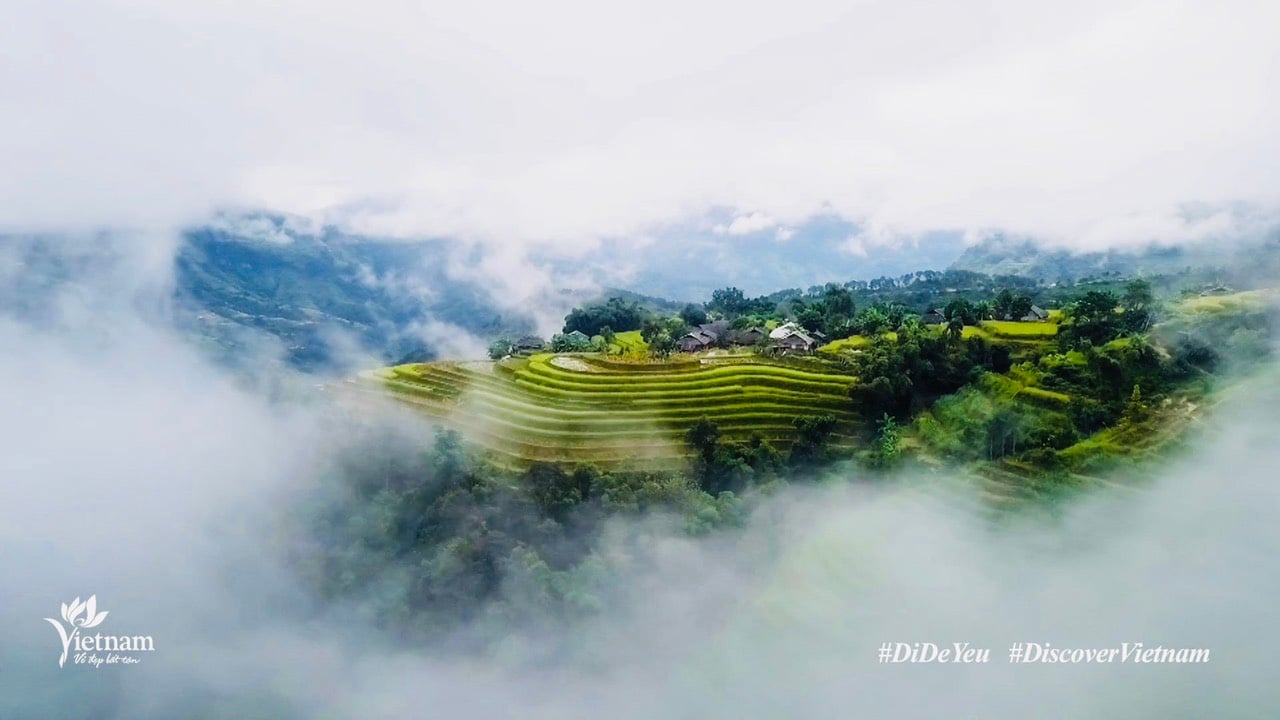



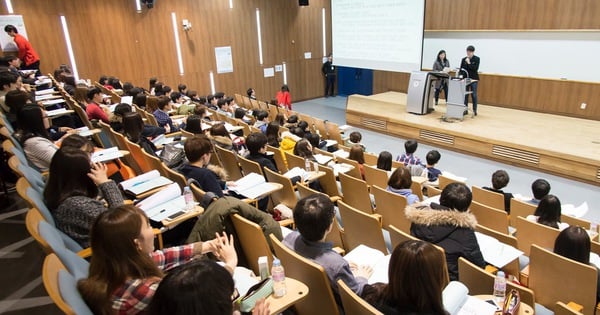

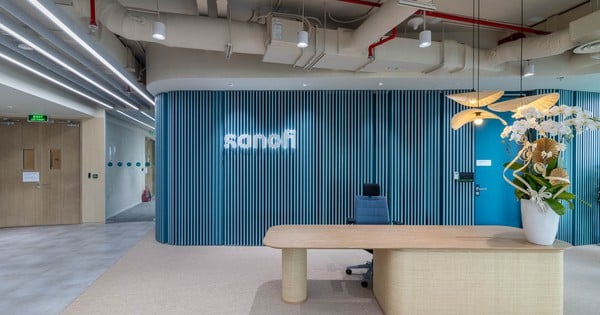

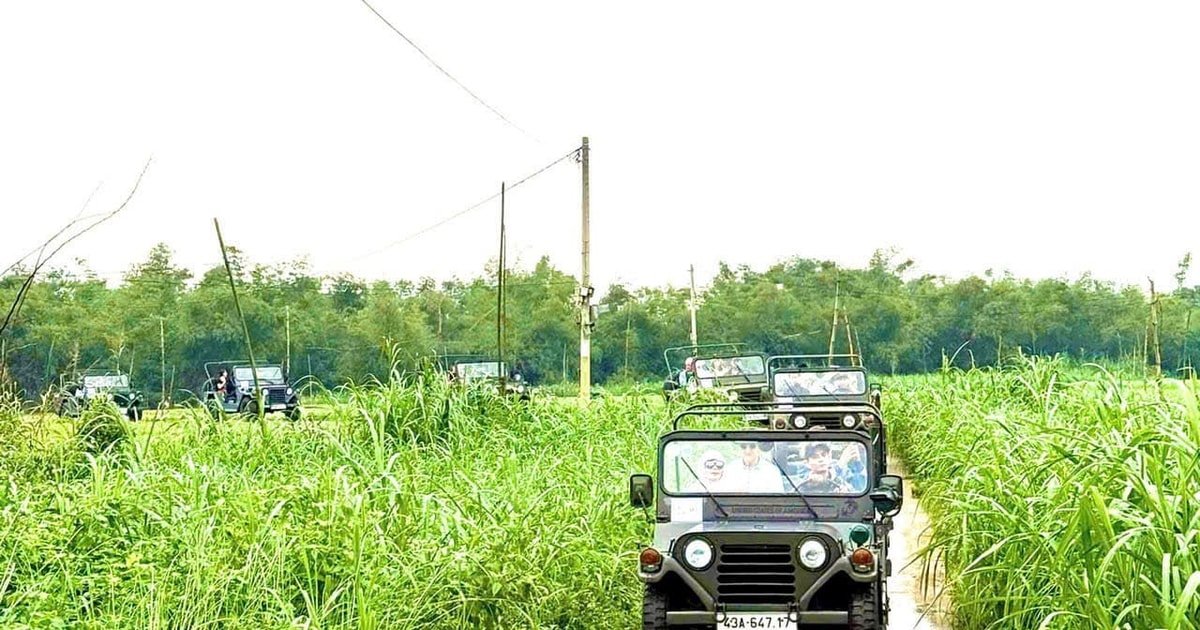
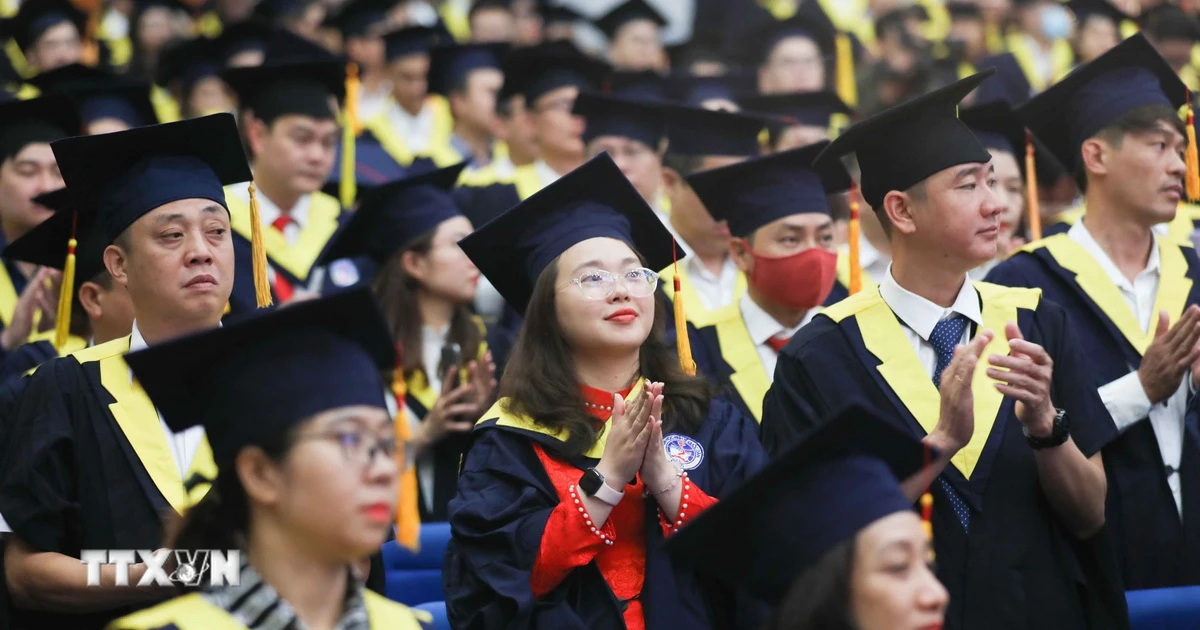

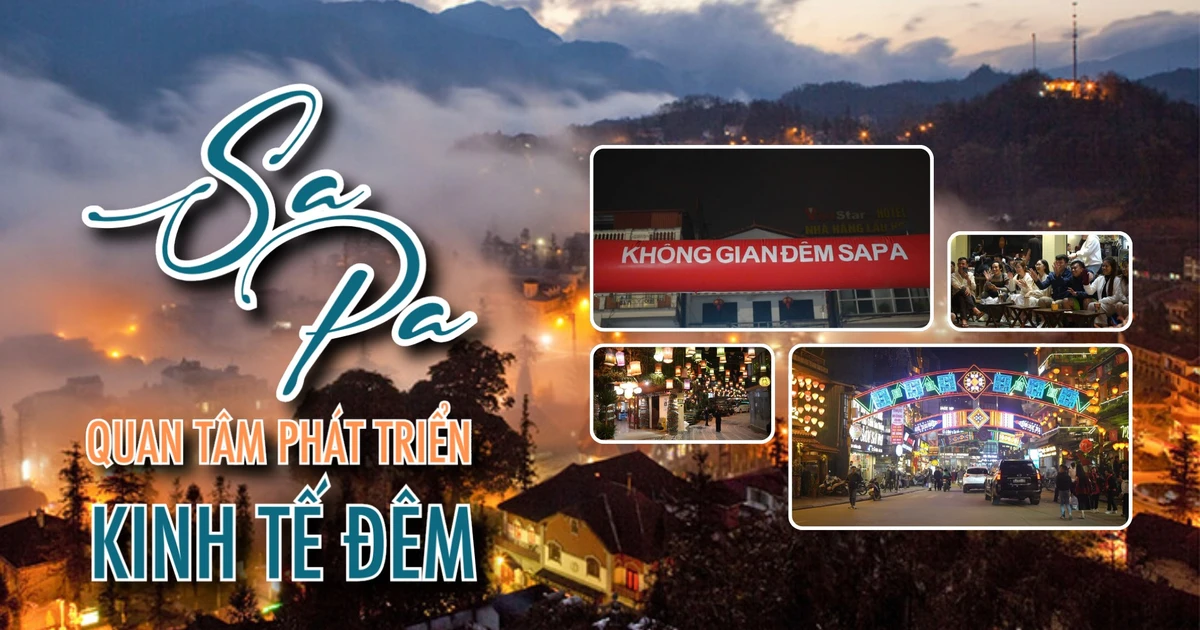

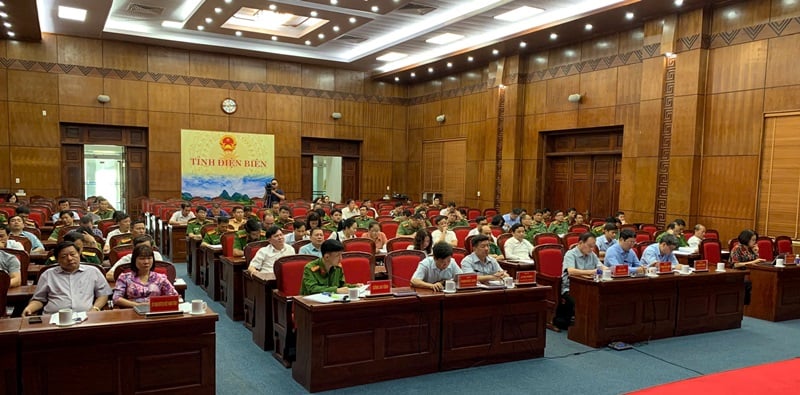
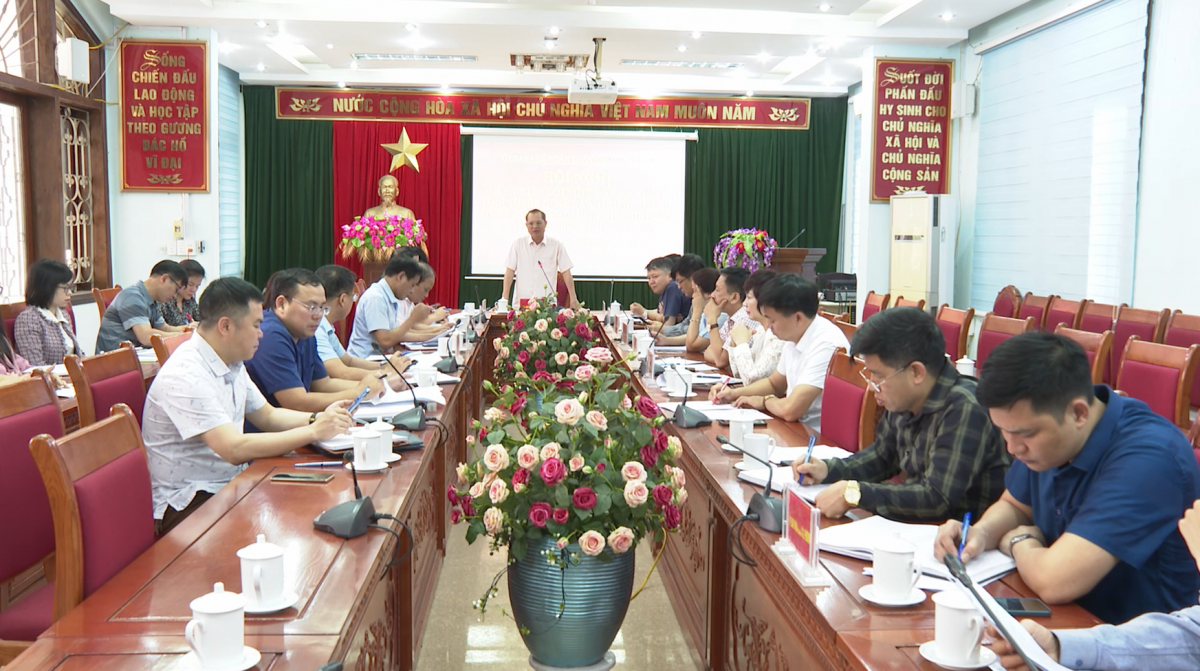

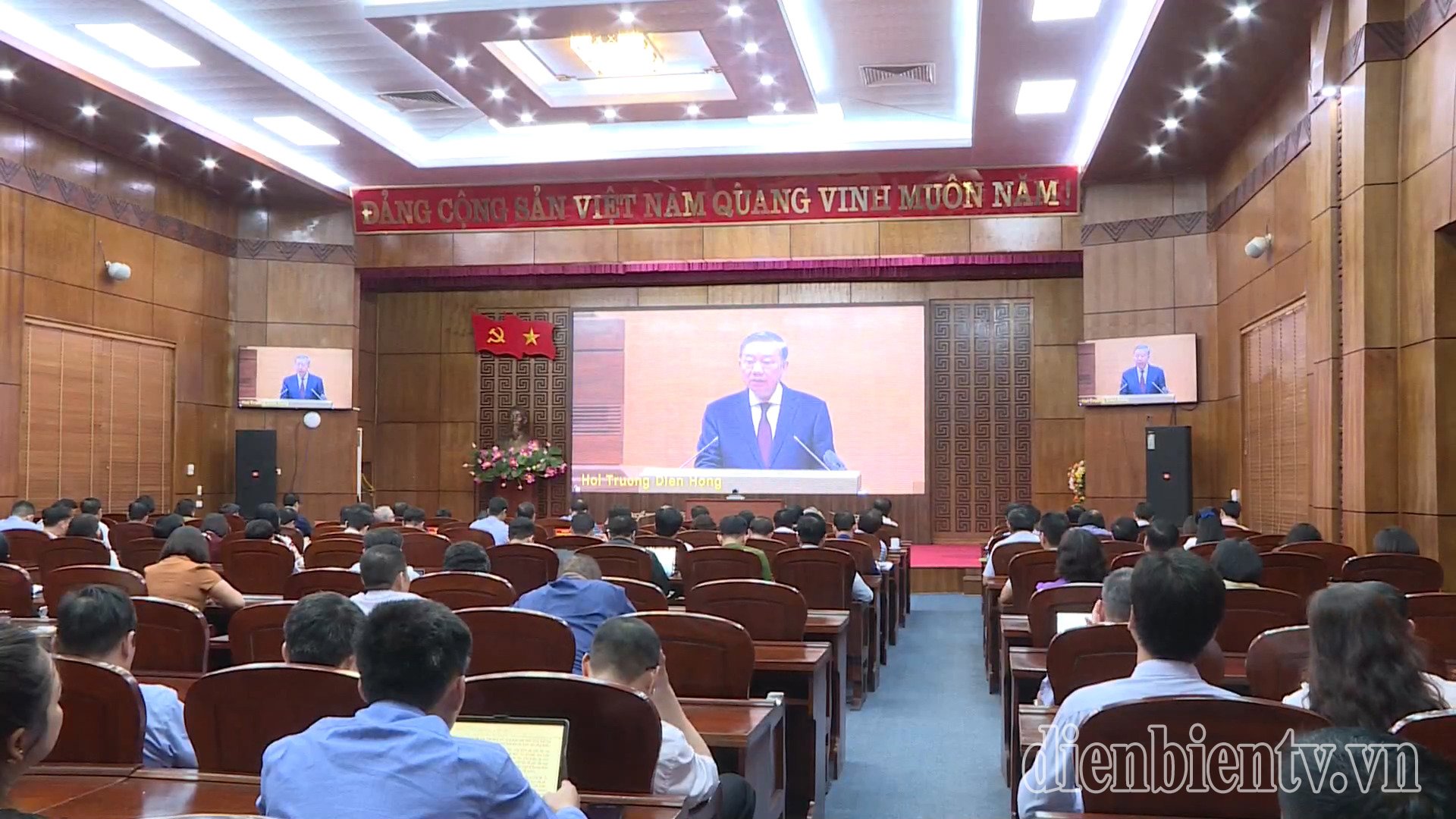




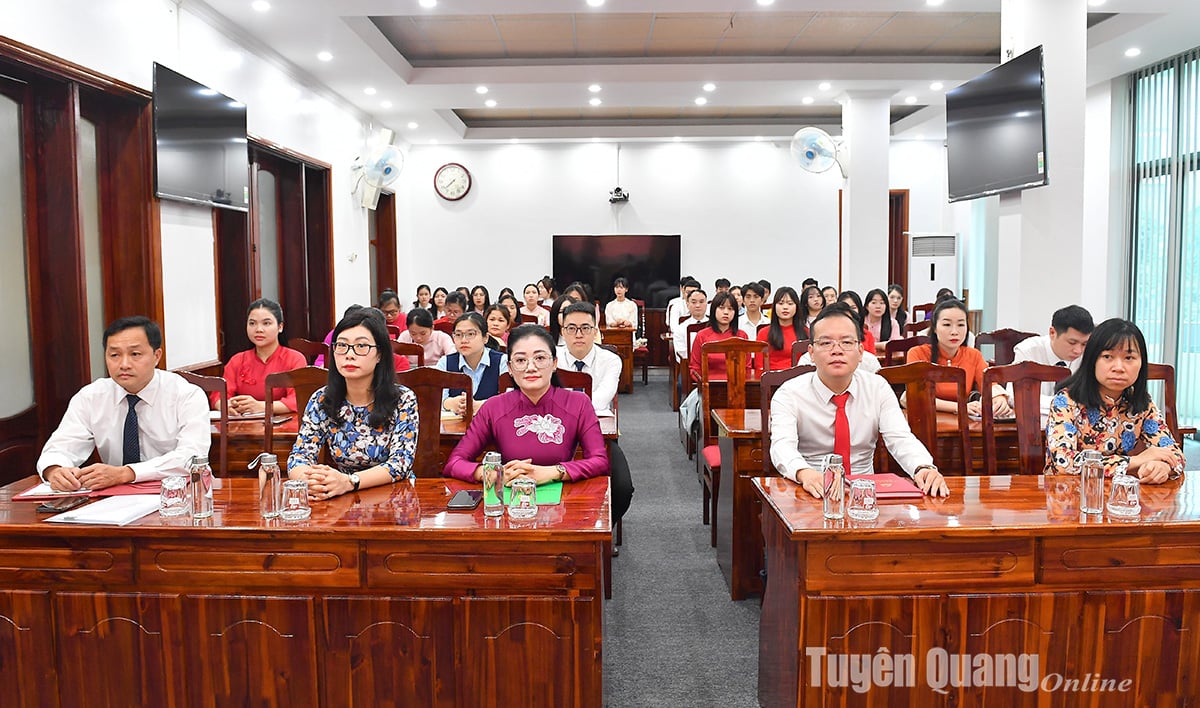
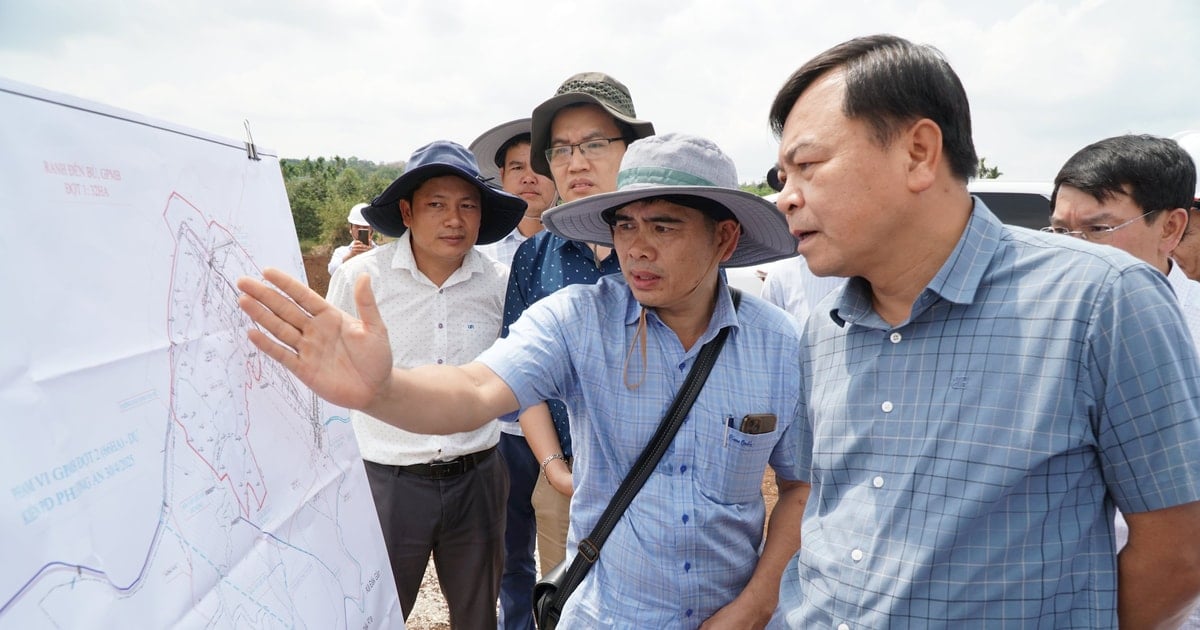

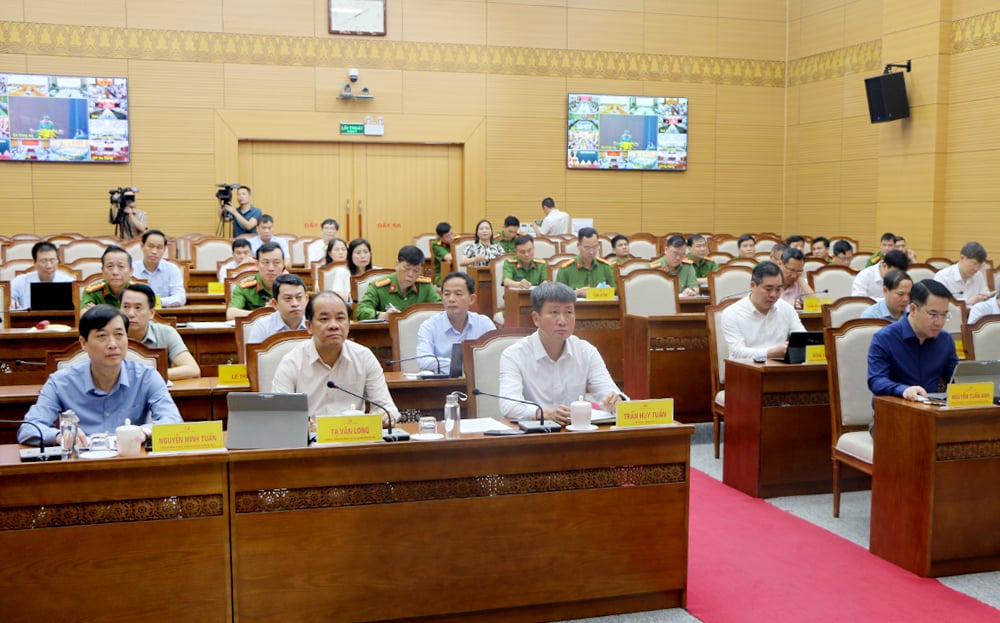
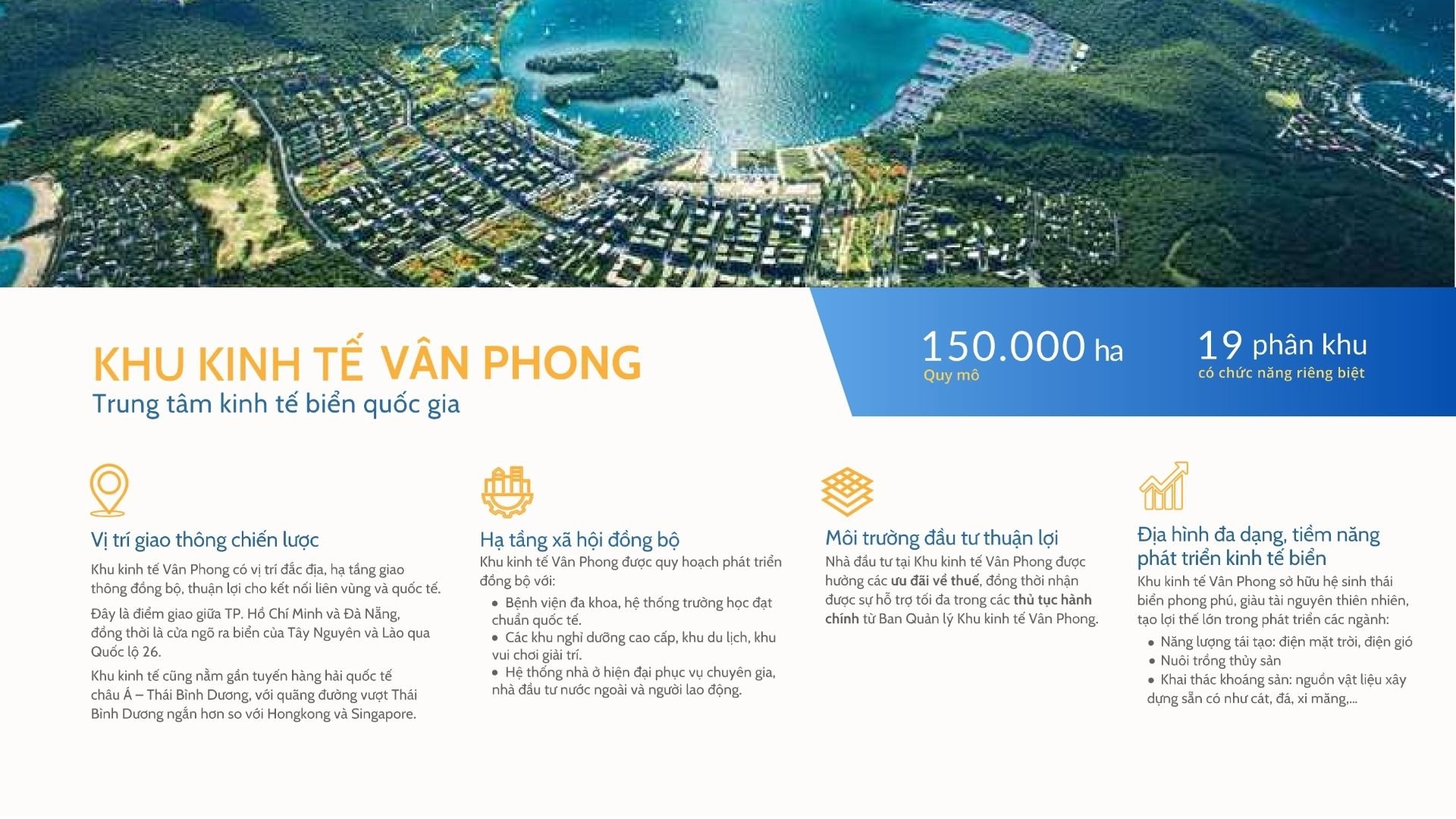
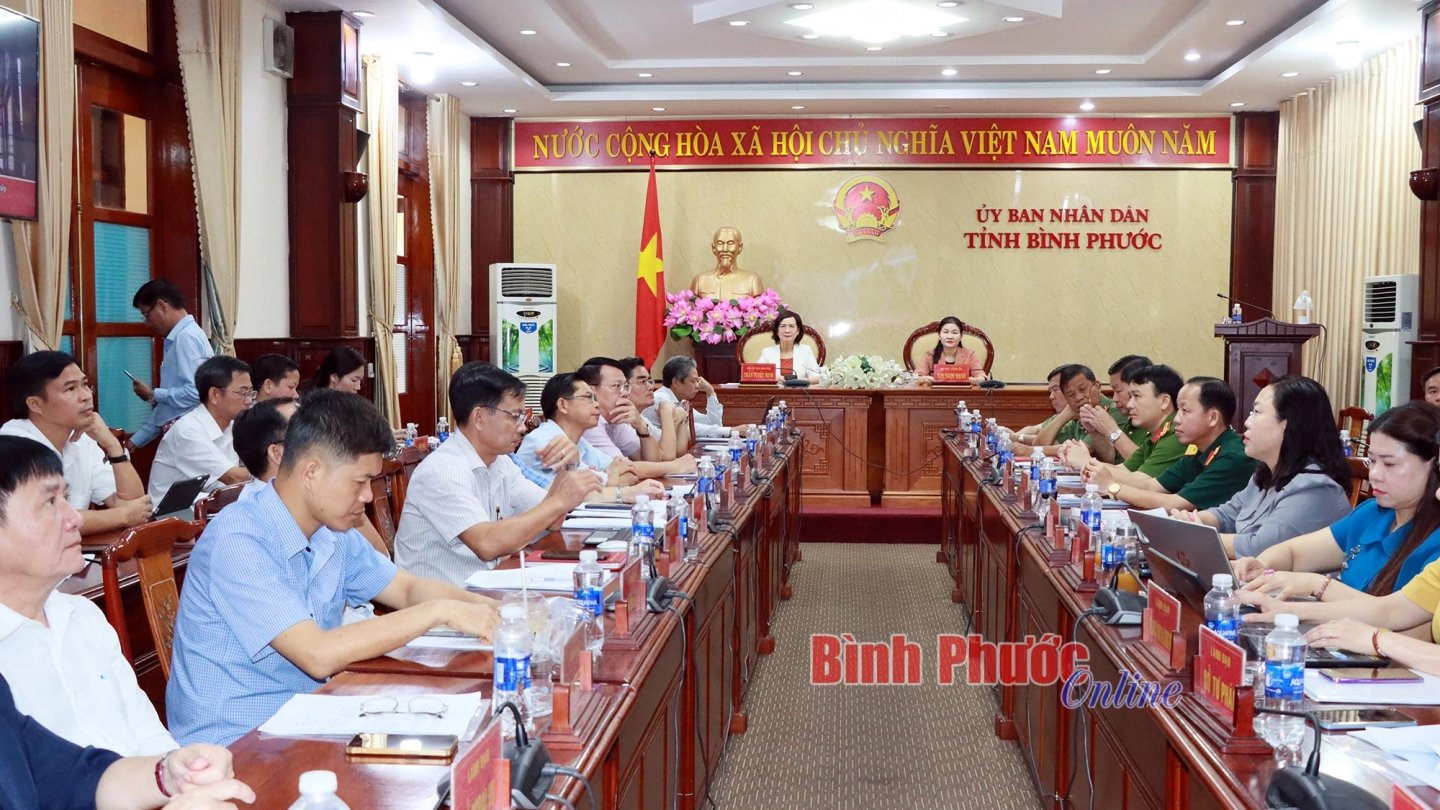





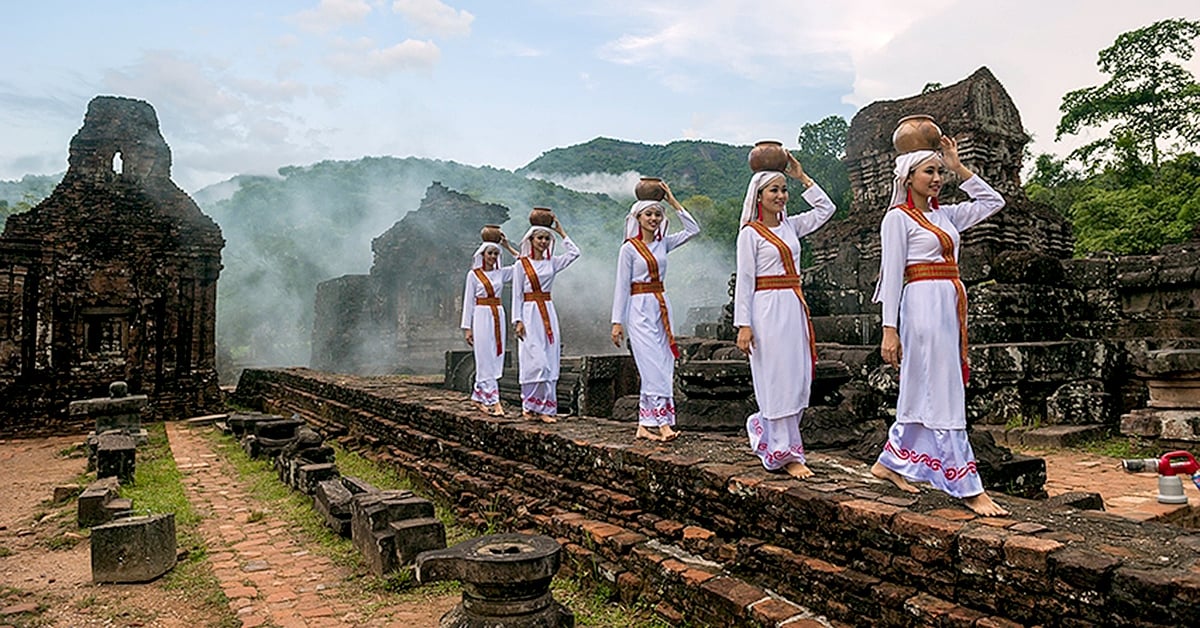









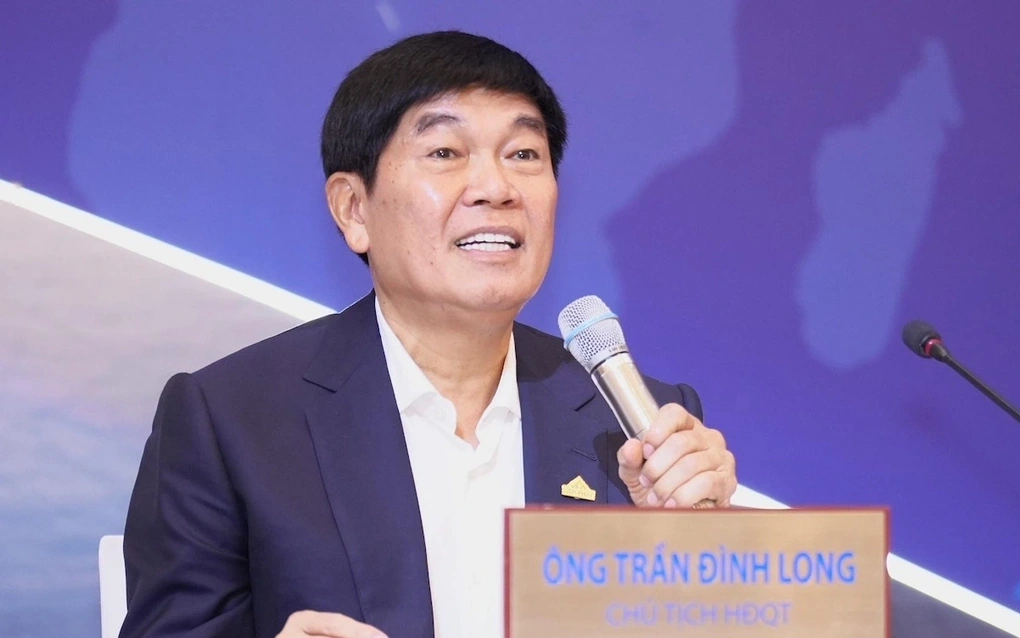
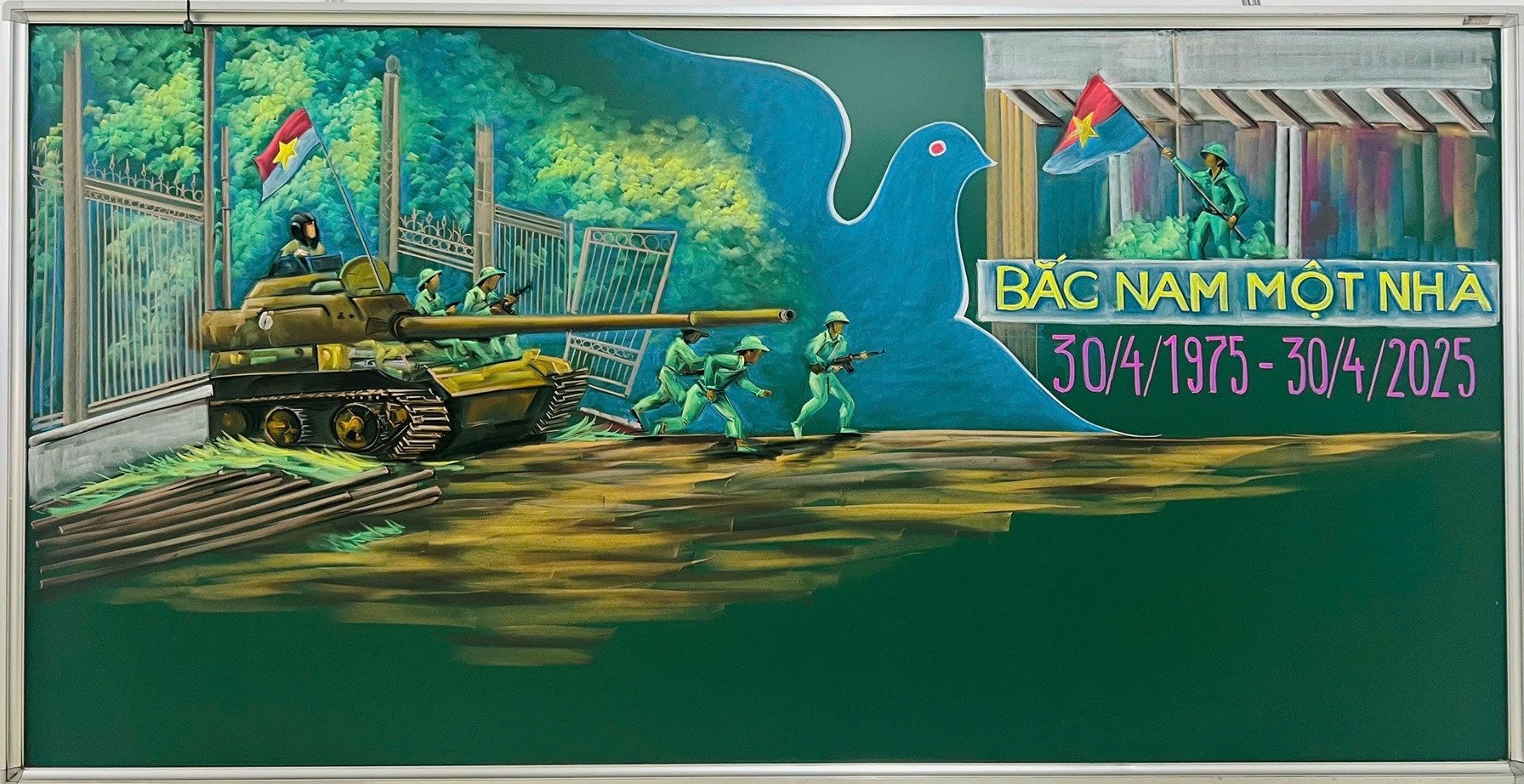
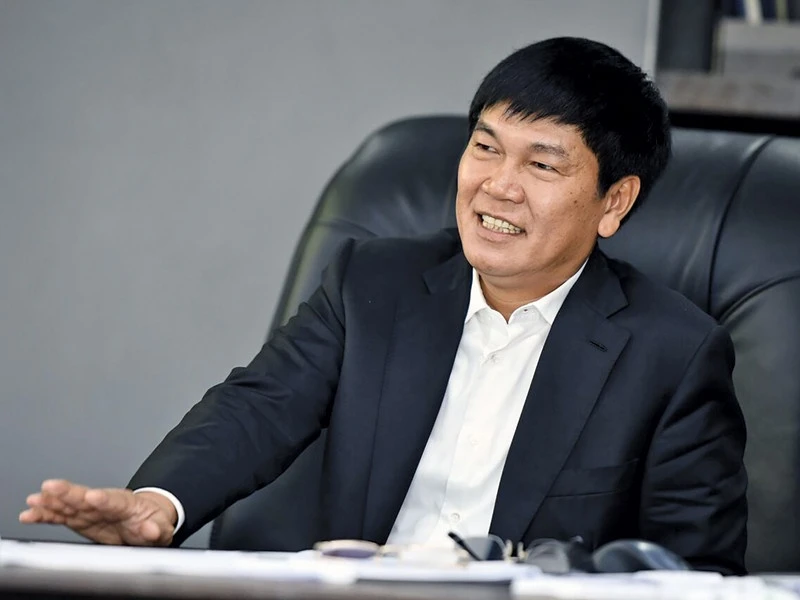

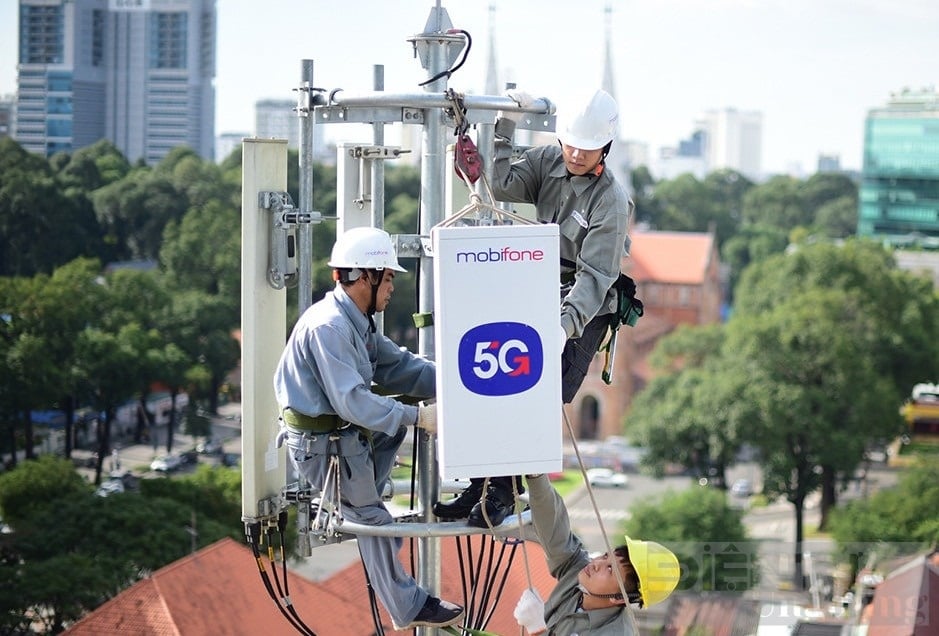
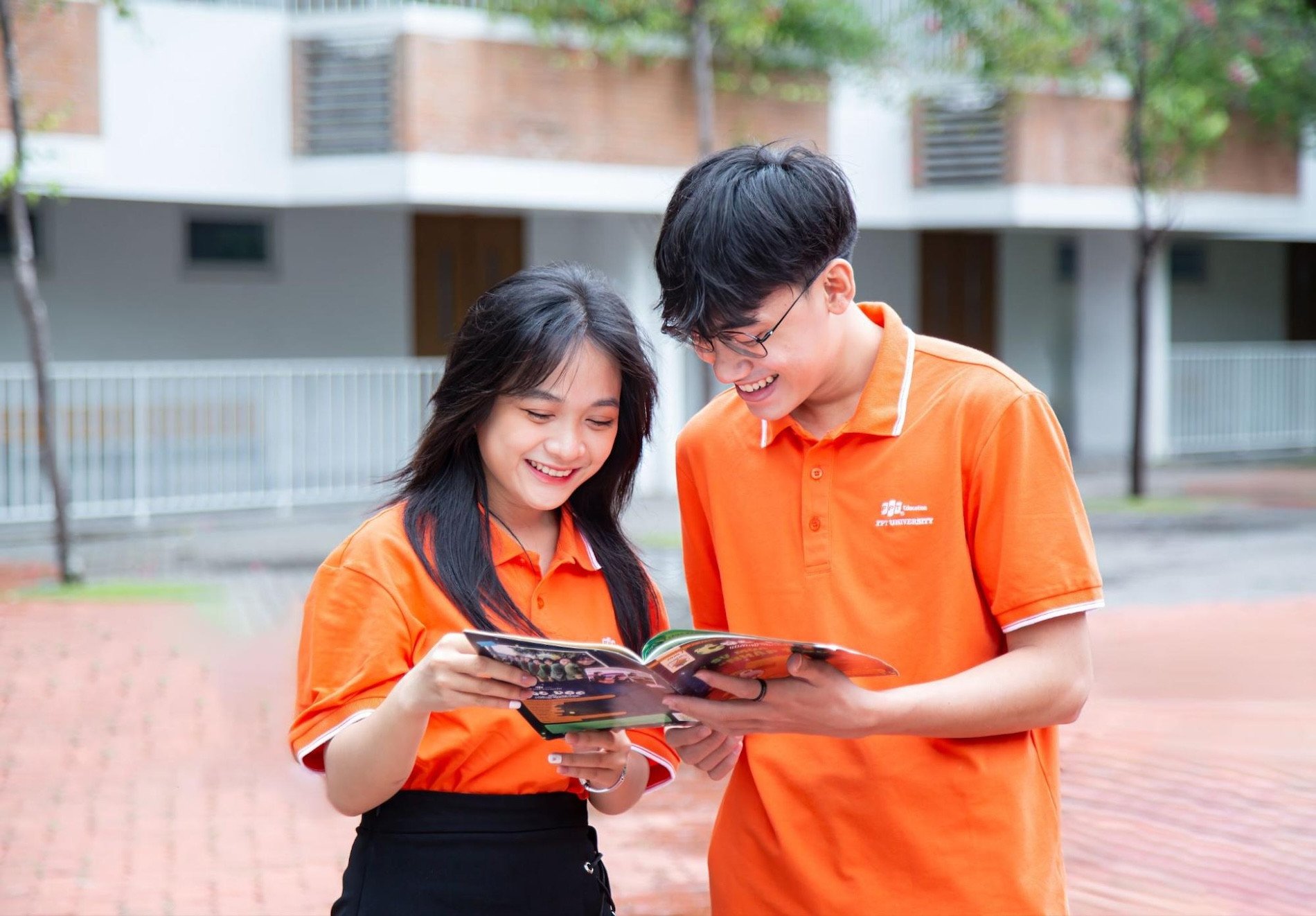
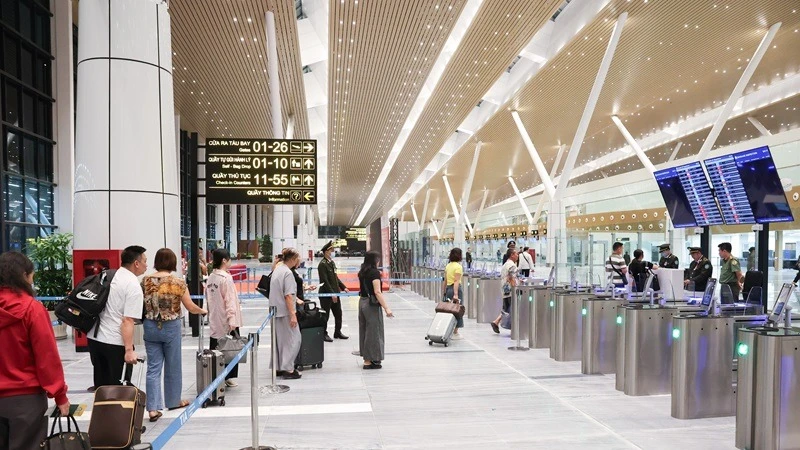



![[Video] Viettel officially puts into operation the largest submarine optical cable line in Vietnam](https://vstatic.vietnam.vn/vietnam/resource/IMAGE/2025/4/17/f19008c6010c4a538cc422cb791ca0a1)
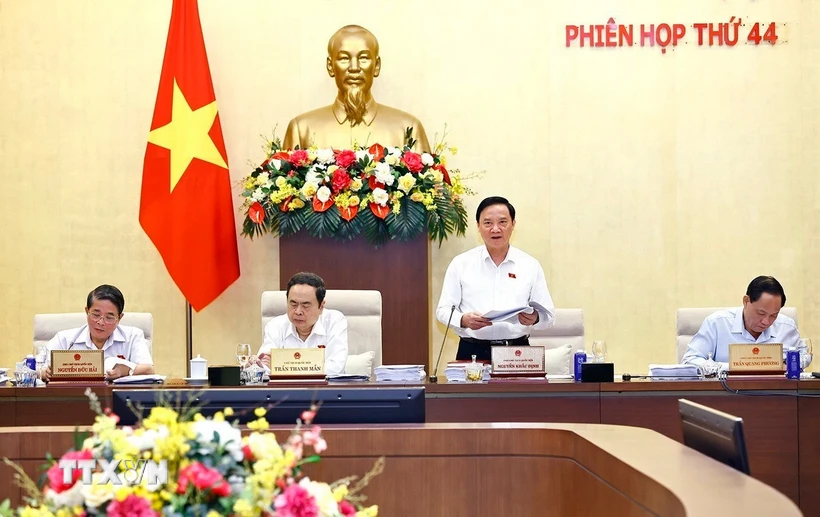
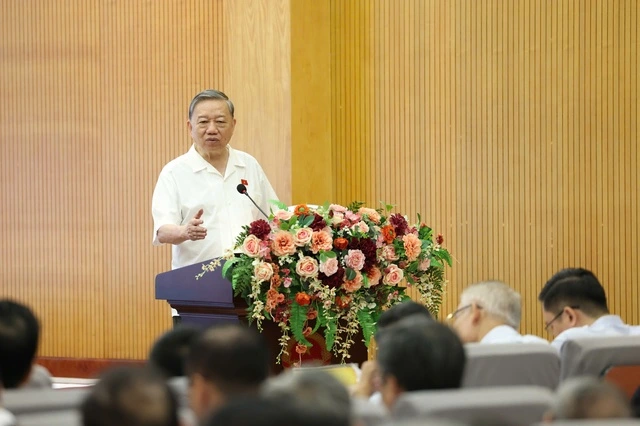
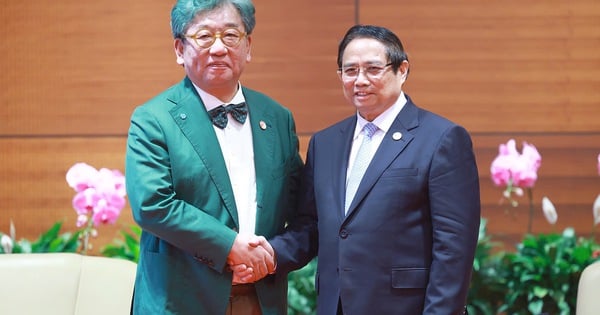

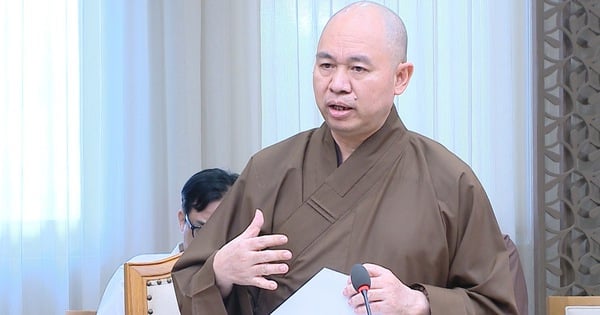
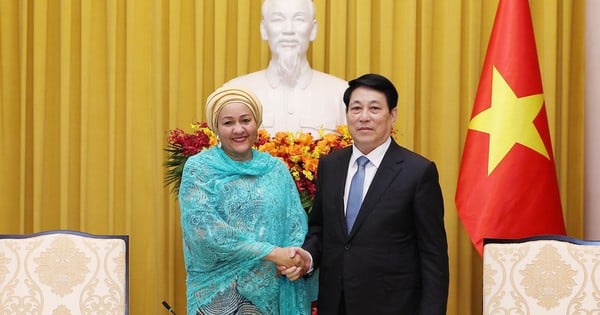
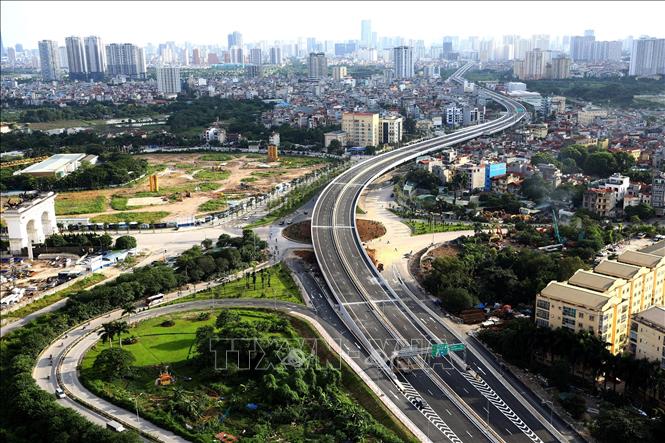

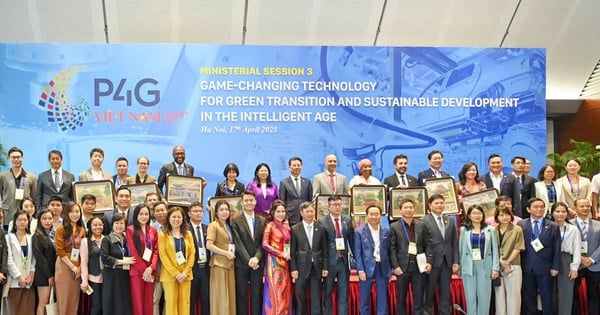

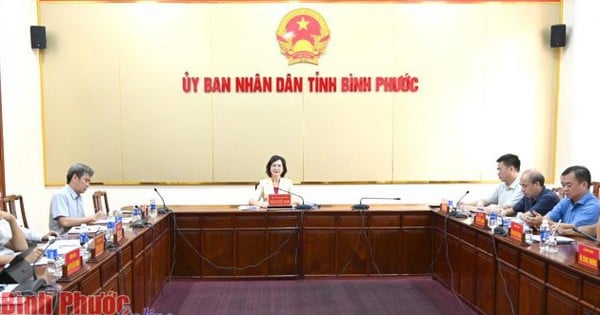


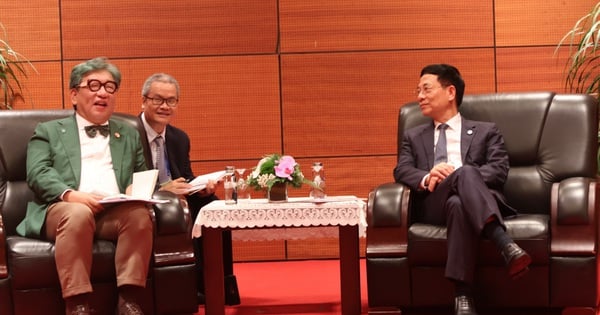
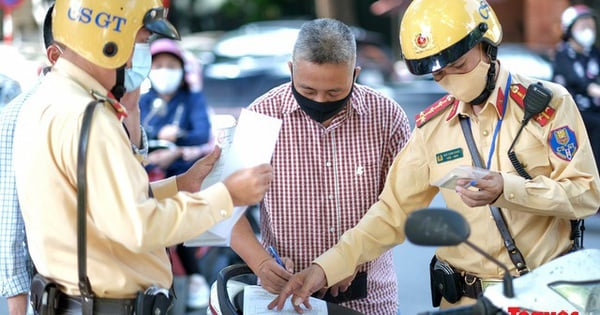
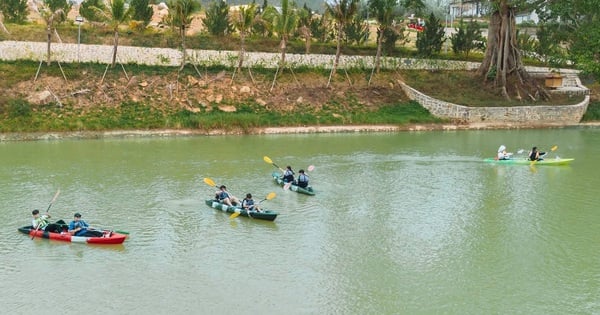
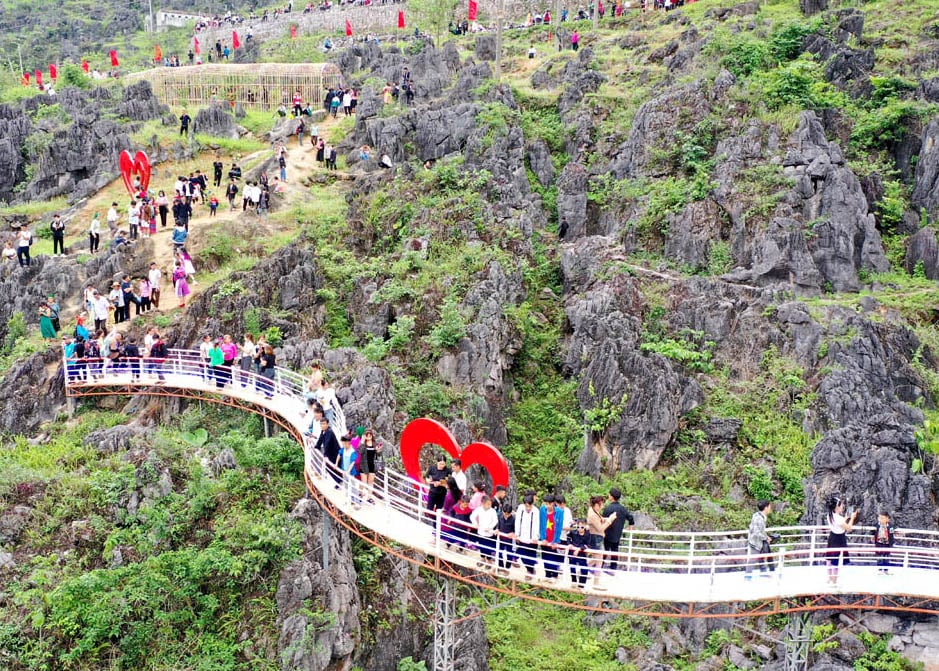

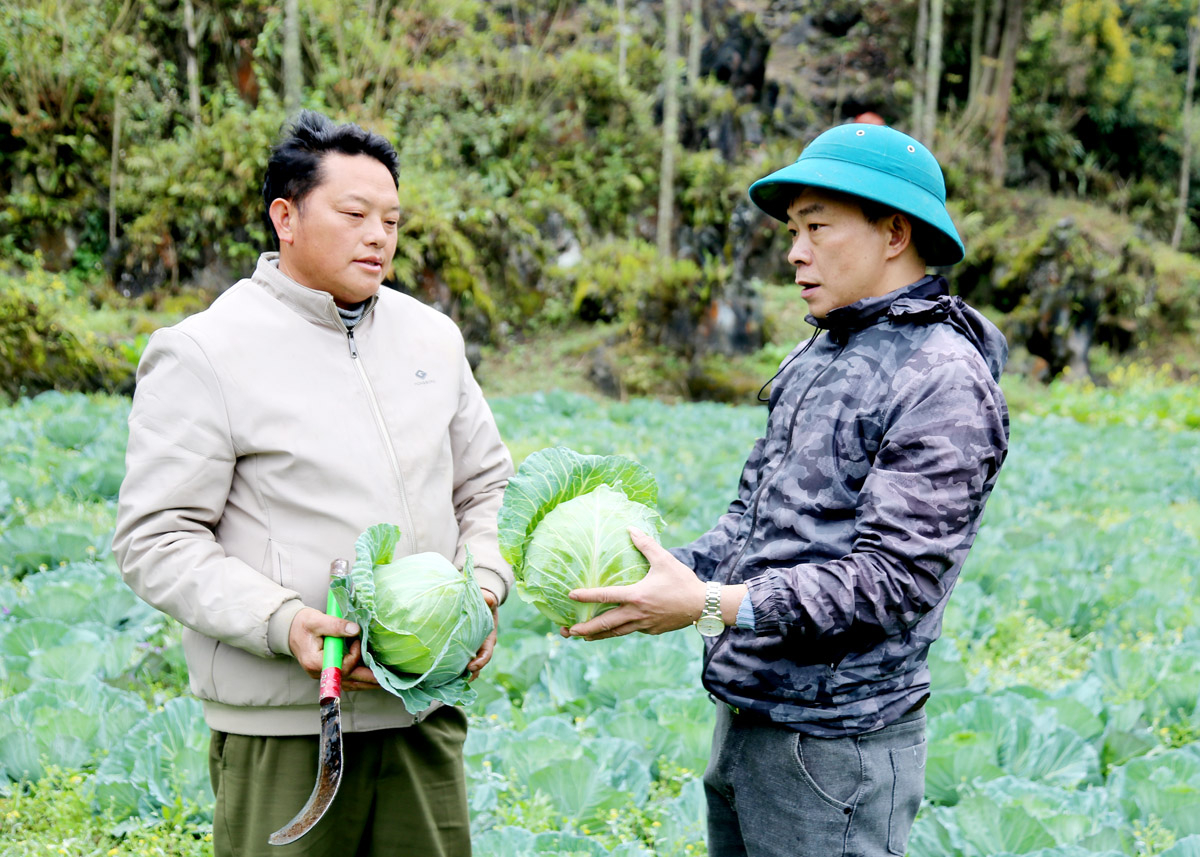
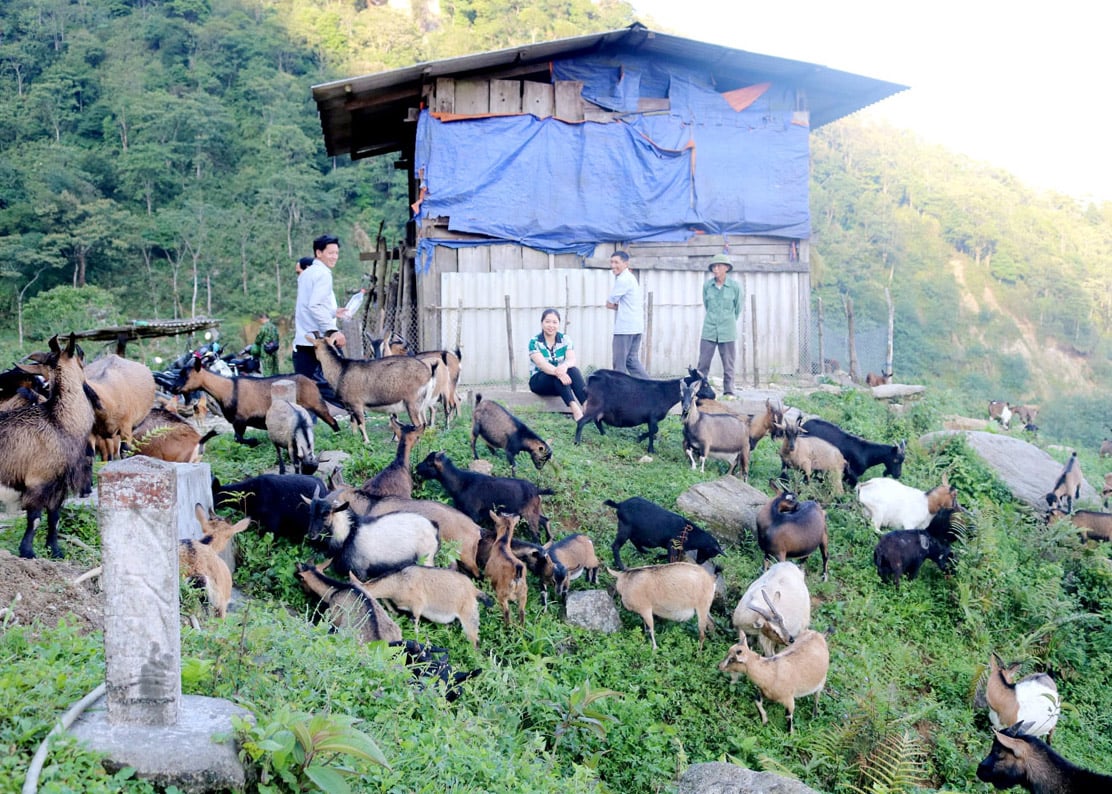
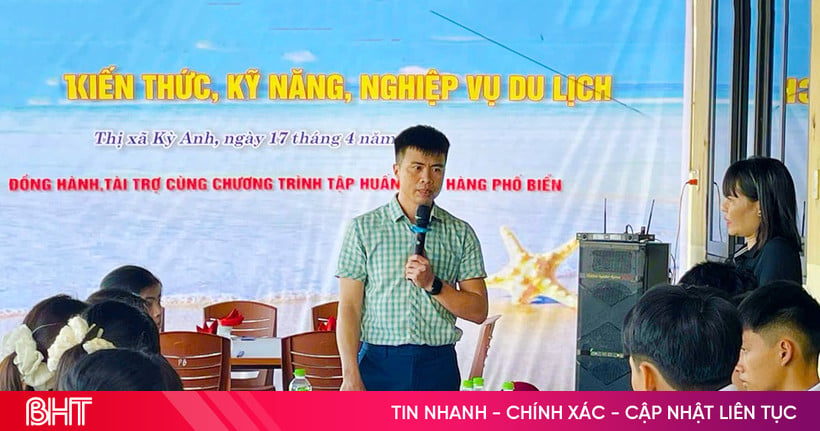

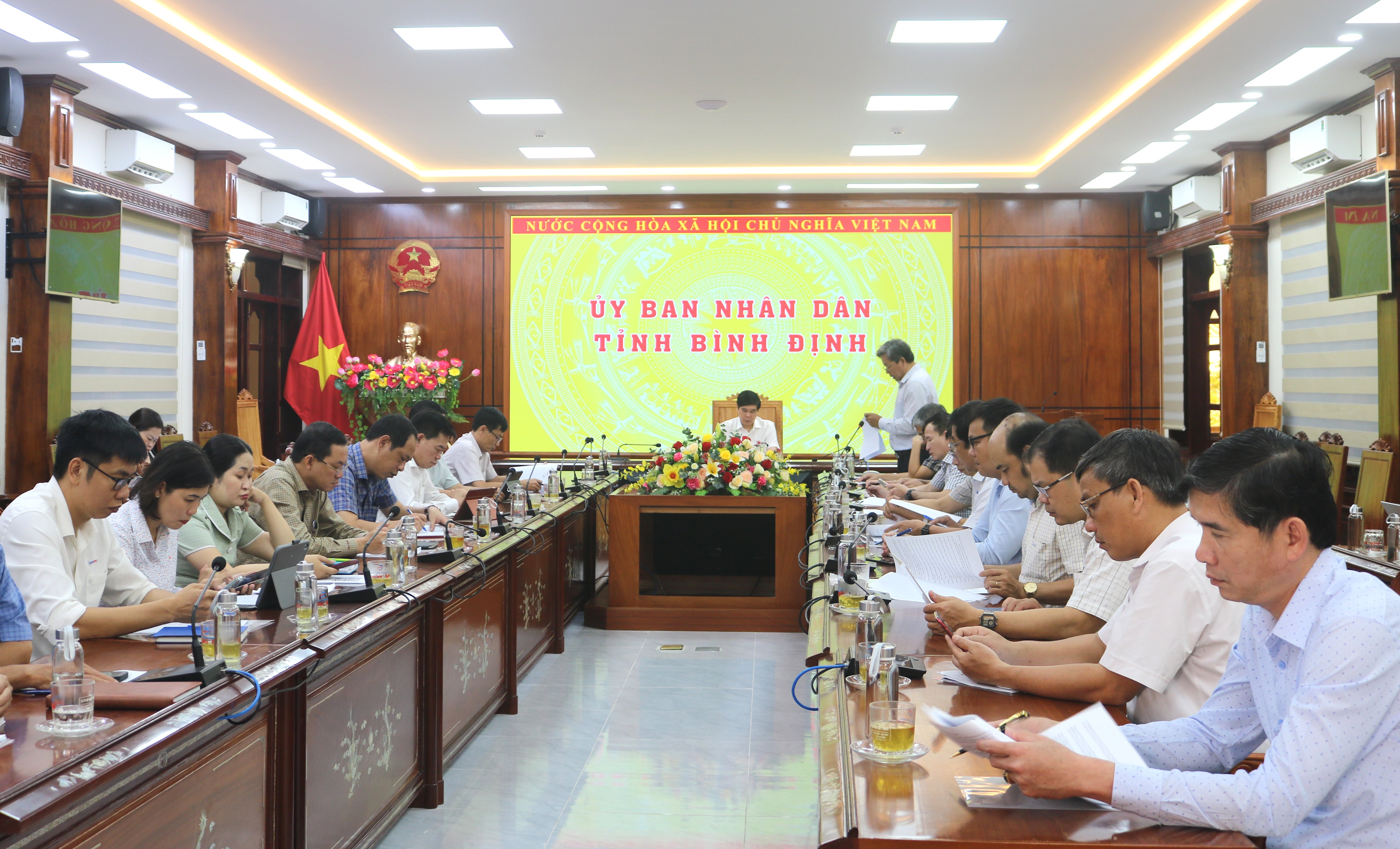

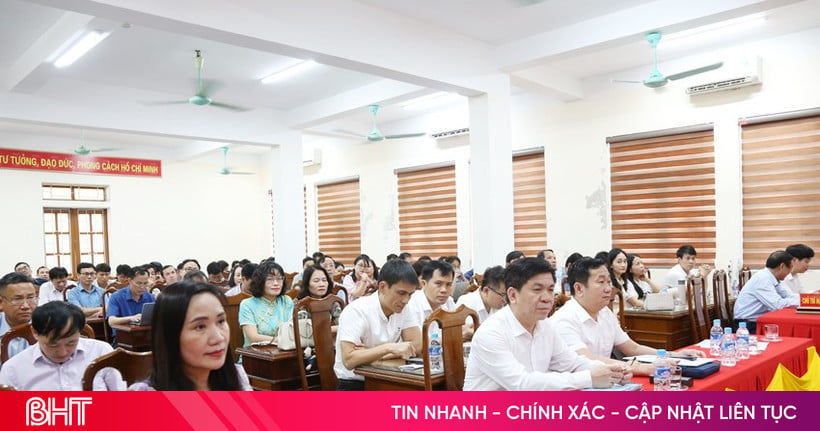
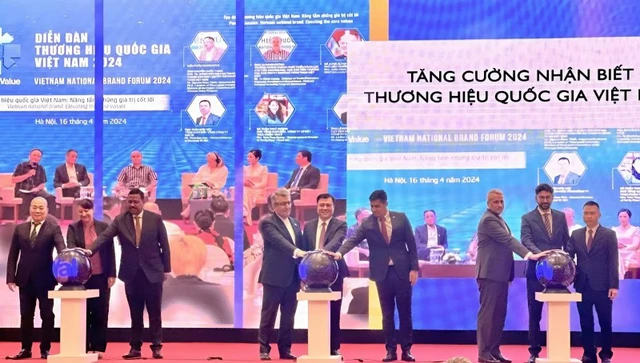



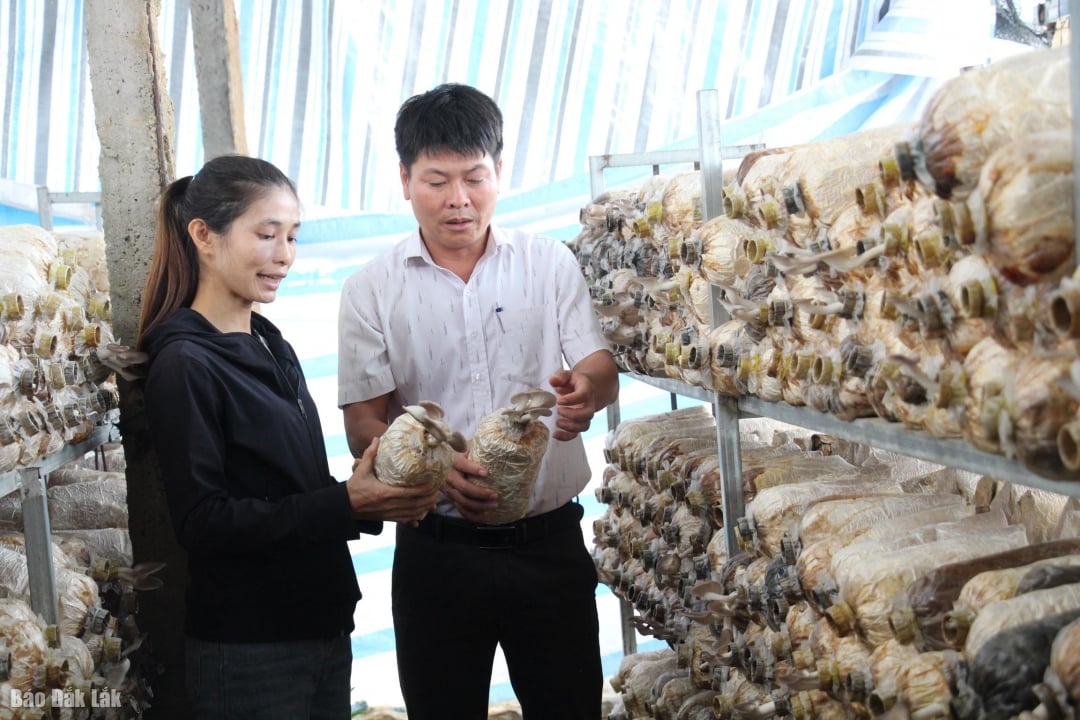

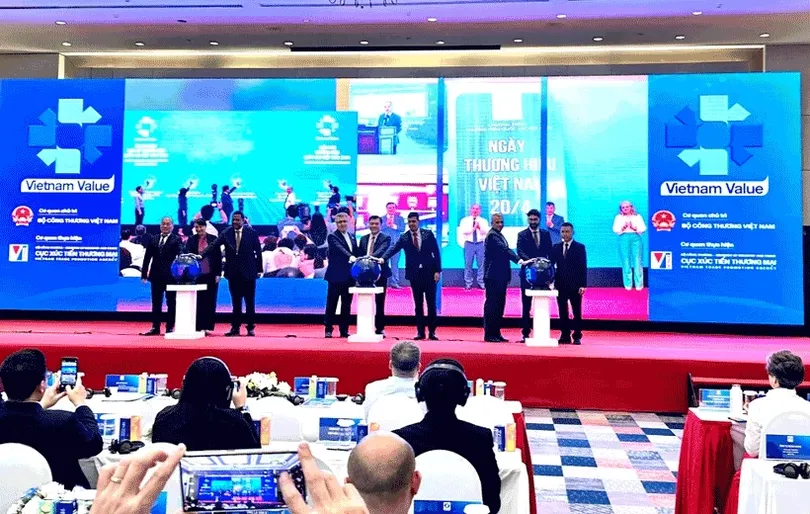





Comment (0)